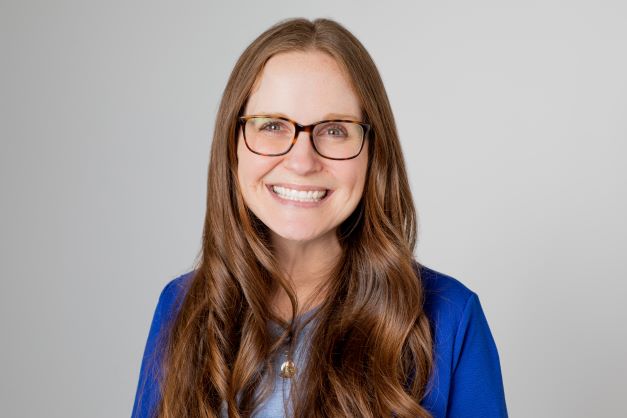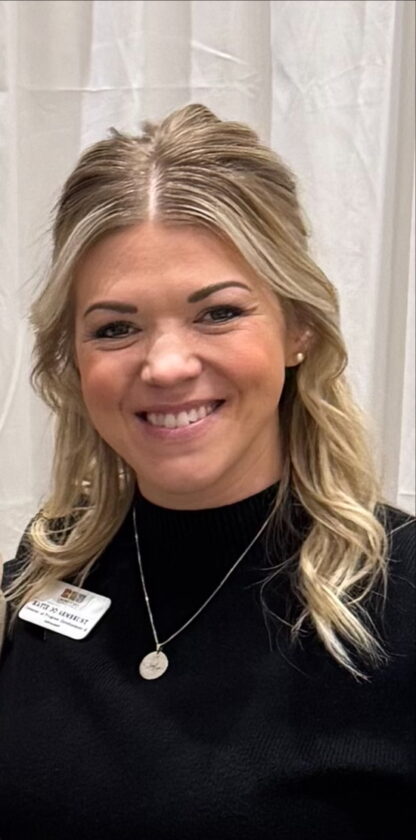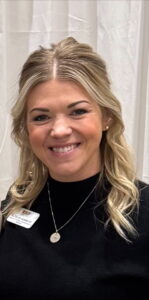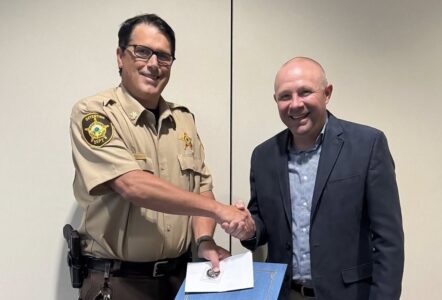State grant aids homeless, federal support needed to deliver

Andrea Olson
Community Action Partnership of North Dakota has programs fully funded and ready to serve residents facing issues with rent or homelessness, thanks to a $2 million state grant.
However, the ability to deploy those dollars will depend on federal legislation to administratively fund and keep CAP-ND’s seven regional offices in place, said Andrea Olson, CAP-ND executive director, Fargo. An appropriation for the Community Services Block Grant (CSBG), which funds Community Action around the country, was not included in the Big Beautiful Bill passed by Congress, nor in President Trump’s “skinny budget” released in May, she said. Those funds provide for the bookkeepers, caseworkers and others who facilitate the programs to assist people who are homeless or at risk of homelessness, she said.
“Without CSBG from the federal level, we’re not going to be able to do any of these programs,” she said. “CSBG is the administration backbone of our Community Action Network.”
Funding will end Sept. 30 unless pending legislation to provide more money is approved. North Dakota typically receives close to $3.5 million.
“We’re waiting with bated breath to see what decisions are made at the federal level and taking it one day at a time and monitoring it very closely,” Olson said.

Katie Jo Armbrust
Meanwhile, the state increased its North Dakota Homeless Grant program from $2.5 million last biennium to $10 million this biennium. CAP-ND requested and received $2 million to deploy resources statewide.
CAP-ND had received federal American Rescue Plan funds on Jan. 1 through the North Dakota Housing Finance Agency for a statewide Home-ARP program that assists with housing needs. Through June, the program had served 80 families, Olson said.
That grant funding is one-time funding, and the North Dakota Homeless Grant is intended to pick up where the federal funds leave off, Olson said.
“I don’t think it’s going to solve all of the problems, but I think it’s going to be able to address the needs for some very vulnerable families and individuals. I think it’s going to help kind of protect and preserve some resources for them,” Olson said of the state funds.
She said the N.D. Homeless Grant dollars will be initially distributed equitably among the regional offices, but it is expected that adjustments will be made over the biennium to reflect where the greatest needs and expenses are occurring. Services include temporary rent support, security deposits and utility assistance for those who are income qualified.
“The other part of providing supportive services is doing budget counseling, doing financial literacy training, helping folks find employment, helping folks maintain employment, and that may look like also providing some assistance with transportation costs,” Olson said. “We are here to help people enter the realm of self sufficiency. That’s what our whole entire core is built around is helping people build self sufficiency.”
CAP-ND provides supportive services for homeless or at-risk veterans utilizing funding through the Veterans Administration, Olson added.
The Minot office, from January through June of this year, served 59 veterans. Statewide between 300-350 veterans are served every year.
CAP-ND works with the Veterans Administration, North Dakota Department of Veterans Affairs and county veteran service officers in delivering assistance. Olson said funding support for the program for the next fiscal year, beginning in October, hasn’t been determined yet at the federal level.
Katie Jo Armbrust, director of Program Development and Advocacy at the Grand Forks Housing Authority, said programs of the Department of Housing and Urban Development have not experienced federal cuts at this point, including those programs for longer term homelessness solutions.
However, a pending U.S. House bill does include future reductions for HUD. The companion bill is much better in the Senate, where U.S. Sen. John Hoeven, R-ND, serves on the subcommittee handling the bill, Armbrust said. Hoeven brought HUD Secretary Scott Turner to Fargo and West Fargo Aug. 7 to view affordable housing projects and take part in a roundtable discussion.
Increased state funding at a time of uncertainty over federal funds has been fortuitous.
Armbrust said the $10 million request of the Legislature came out of an interim study on homelessness prior to the 2025 Legislative session. It was included in both executive budgets of outgoing Gov. Doug Burgum and newly elected Gov. Kelly Armstrong.
“Through the interim process, we were able to educate and inform that committee around the need. There’s been misunderstandings about homelessness,” Armbrust said. The biggest misunderstanding has been that homelessness only occurs in the state’s bigger cities.
During the session, helping legislators understand what homelessness looks like in their communities took engagement from local agencies that typically tend not to voice their needs, said Armbrust, who led the legislative lobbying for the North Dakota Coalition for Homeless People.
“We’re very used to accepting whatever we get and trying to make the best out of that, but we recognize that in order to actually have greater impact and address the situation, we need to ask for the resources that are necessary,” she said.
Another legislative interim study on homelessness is set to begin Sept. 4.
“We’re hoping to help them understand not only the need for the $10 million but potential need for more, especially as we don’t know what we will see from Congress,” Armbrust said. “We need emergency shelters and things of that nature, but in reality, the simple answer to homelessness is housing, and we have a lack of housing and, in particular, affordable housing.”
The 2025 Legislature increased the funding for the Housing Incentive Fund from $13.75 million in the previous biennium to $25 million in the current biennium, but more is needed for programs supported by that fund, too, Armbrust said.
“We tried to demonstrate the fact that rural communities alone could take up the $25 million over this biennium,” she said. “That’s one of our areas of improvement is moving the needle even more on the Housing Incentive Fund and helping not only with multifamily, but it does help with single family (housing) as well. So, a lot of opportunity there.”
- Andrea Olson
- Katie Jo Armbrust




